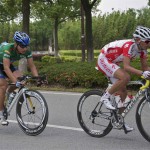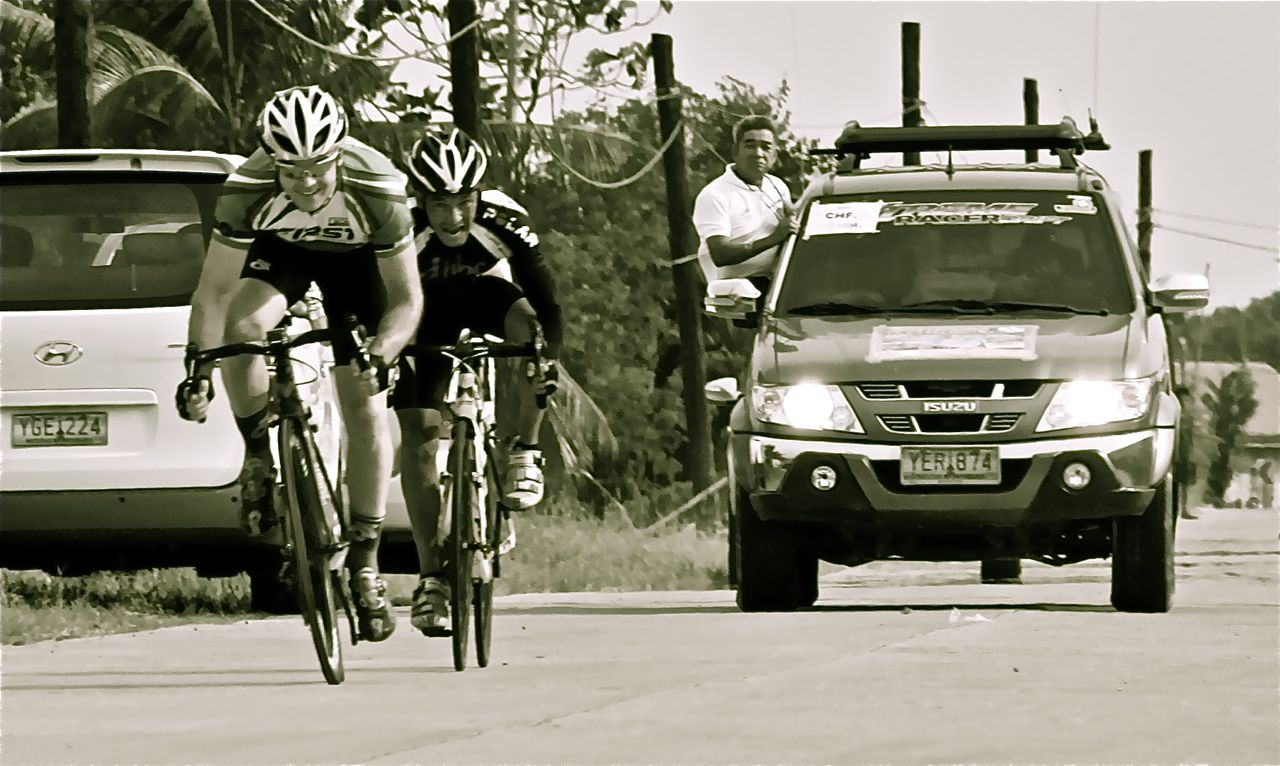Tips for Chinese to Improve Racing Skills. The tips can also apply to other places in Asia-Pacific.
(Disclaimer: the tips presented are by no means limited to only Chinese riders, but applicable to other countries. It is also not an exhaustive list – so if you have any tips yourself, please post in the comments below)
- Treat local races as training races – preparation for your more important races. This means, you can experiment with different tactics and see which works best for you.
- Race positively at all times. If you find yourself in a early breakaway and you want it to succeed, then work together with the other riders and don’t give up too soon.
- Develop smooth pace-line riding skills – it will improve the quality of the race experience if you are rolling through to the front, do 10 seconds or 1min on the front and then pull off into the wind side gradually to allow the rider in second position to roll through. Once you finish your turn on the front, flick your elbow to signal to the rider behind that is it now his turn – do not stop pedaling and you should slowly drift back to the rear of the pace-line and get back in. The rider in second position should not speed up but keep a constant pace and keep the flow going. As soon as one rider misses the turn on front, it upsets the rhythm and it takes someone else to take initiative to get started again. Paceline skills are very important to master and becomes essential to the difference between a break winning or losing.
- If a rider attacks and gets away, rather than pulling the whole bunch back to that rider it would be best to try and get a gap of your own and bridge across and form a breakaway. It is not good form to make the bridge and sit on the rider. This will almost certainly destroy the breakaways hope as momentum would be lost. It is good to carry on your momentum from the bridging effort and continue to ride past the rider that made the initial attack. That rider is then likely to jump onto your wheel and then work with you after about 10-20 seconds recovery in your draft. Do not slow down immediately because you think he is sitting on you, but rather wait a bit longer to decide if that rider is going to work with you.
- Even if the going is tough and you are well into the “red-zone” you should still roll through in the pace-line, it is permissible to pull over to the side immediately after pulling through as long as the overall momentum is not lost. This is a good tactic to use if you are tiring and still want to contribute to the break. But, if your legs are dead and you definitely can’t pull through without risk of getting dropped, it is best to stay at the very back out of other riders way – just leave a gap in front of you so that other riders can slot into.
- The peloton as a whole can move considerably faster than any break due to the large body of riders, provided they work together in an organized fashion akin to a flock of birds. If people are rolling through every few seconds and you have at least 10-20 riders co-operating, the break will be brought back in no time. However, if the break has too large of a gap, and it’s gotten to close to the end of the race, this tactic won’t work. I’ve seen many breaks chased down at the last moment for a group finale; it just takes enough committed people to keep the peleton traveling at a consistently high speed to do it.
Riding is a game of skill and luck. A well coordinated team can dominate what happens during a race and dictate who will take the win. The great thing about cycling, is there is a myriad of racing tactics that can be deployed and create a race with exciting dynamics: both for spectators and riders alike.
- Strong Chinese racer
- Simon Cui (Specialized) leading Cui Yinhao (China Trek Racing)
- Simon Cui winning bunch sprint ahead of Daniel Carruthers
Watch out for Chinese riders in the future, they will become a force to be reckoned with!












No Responses